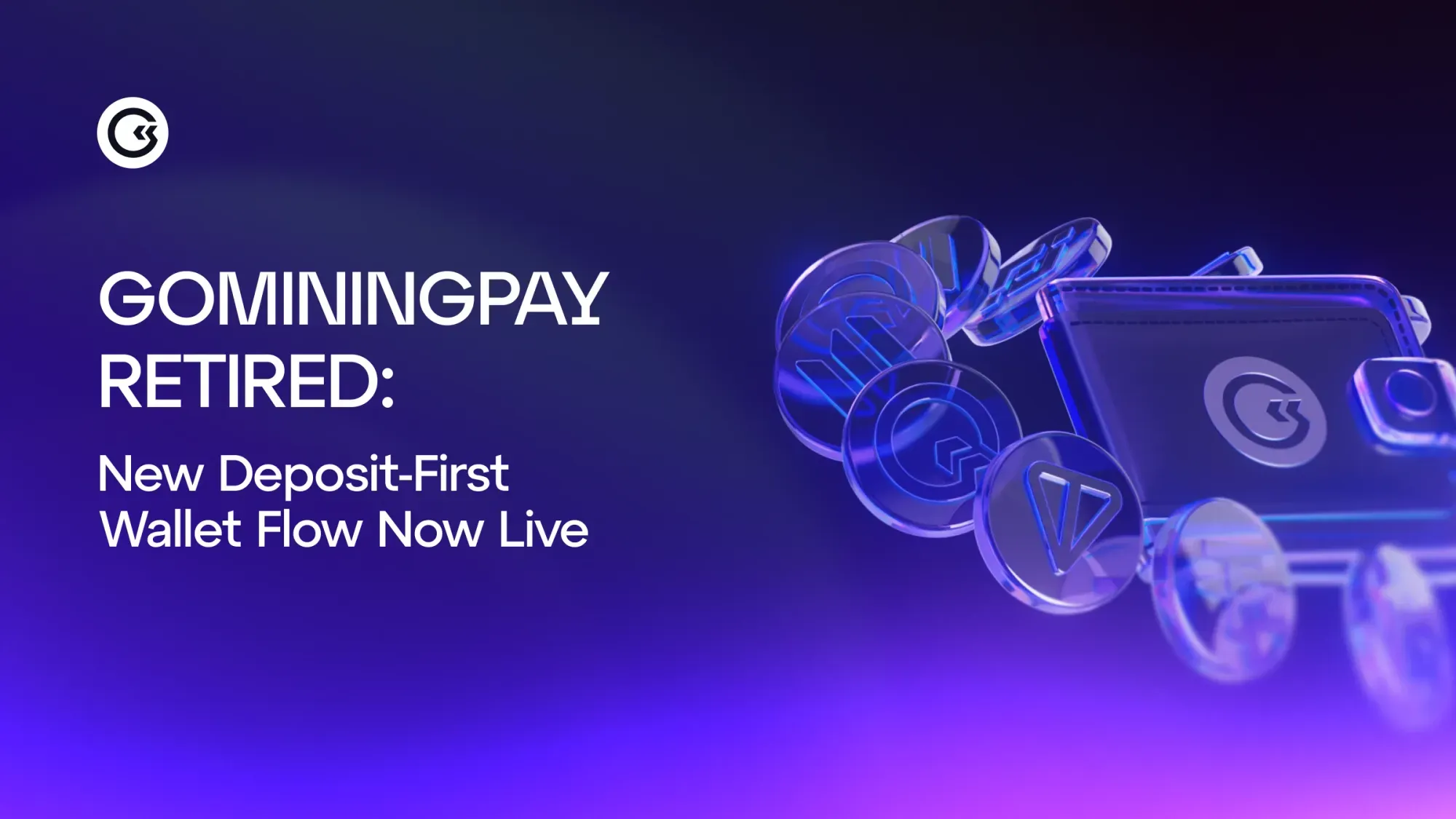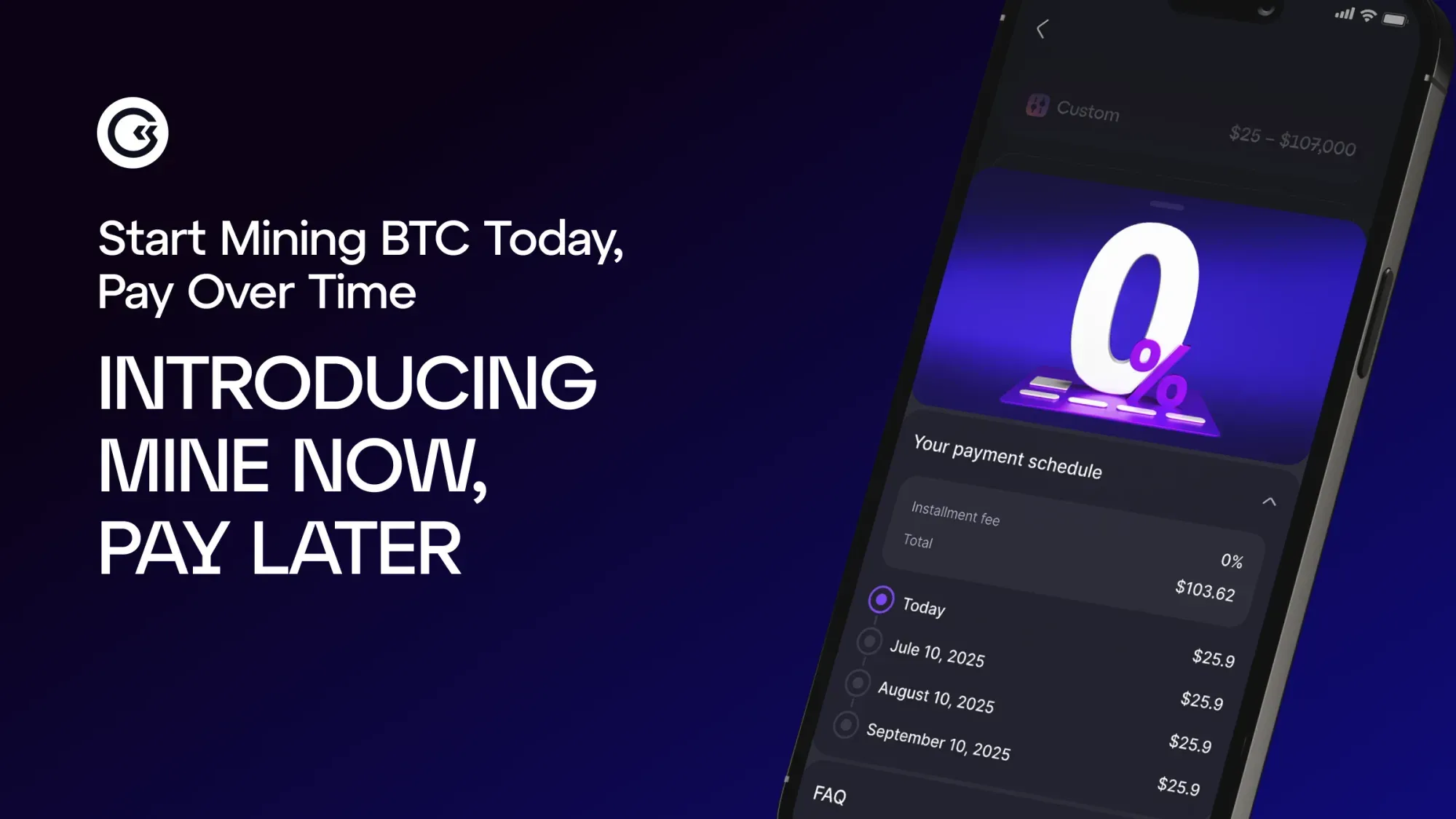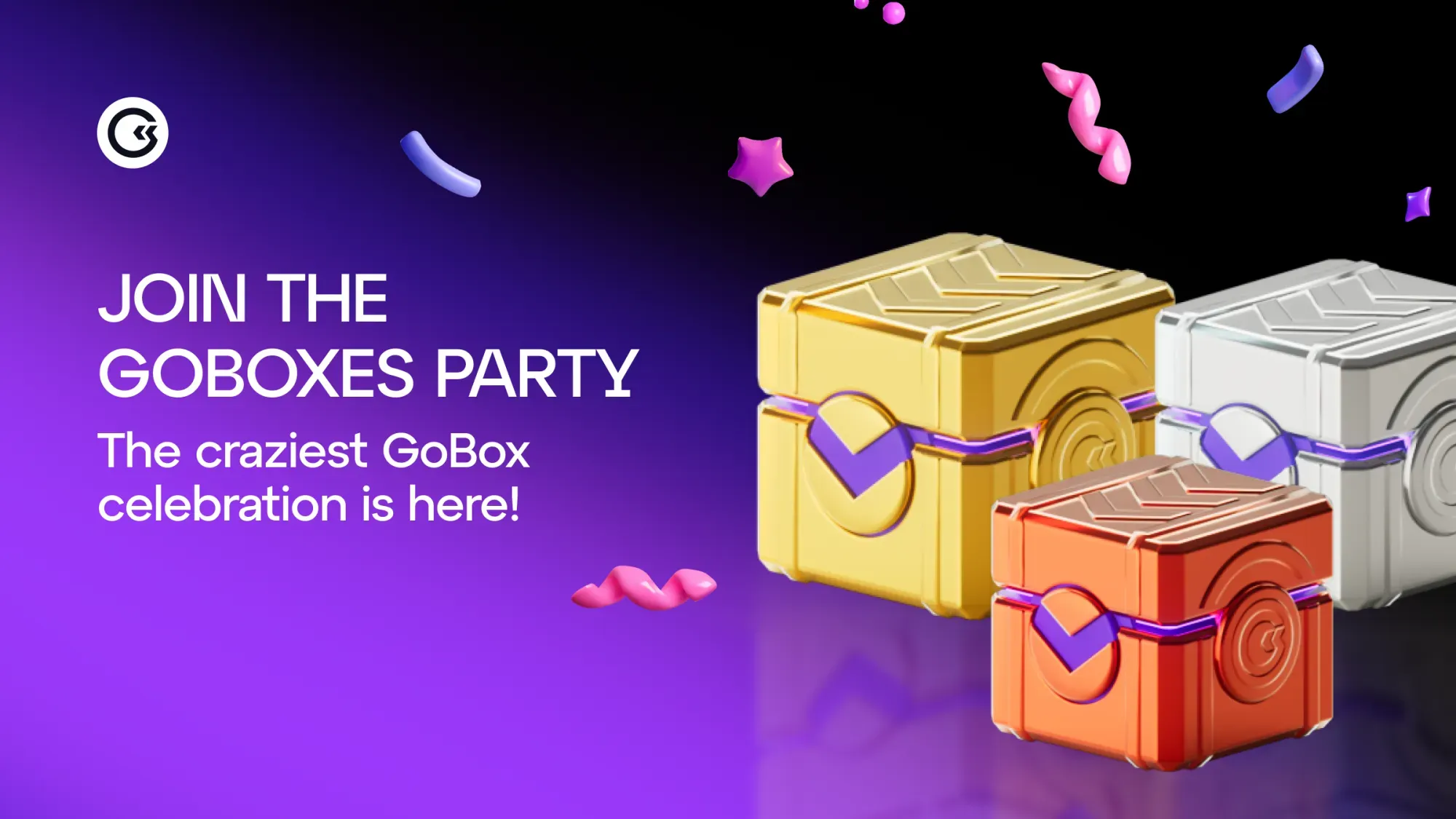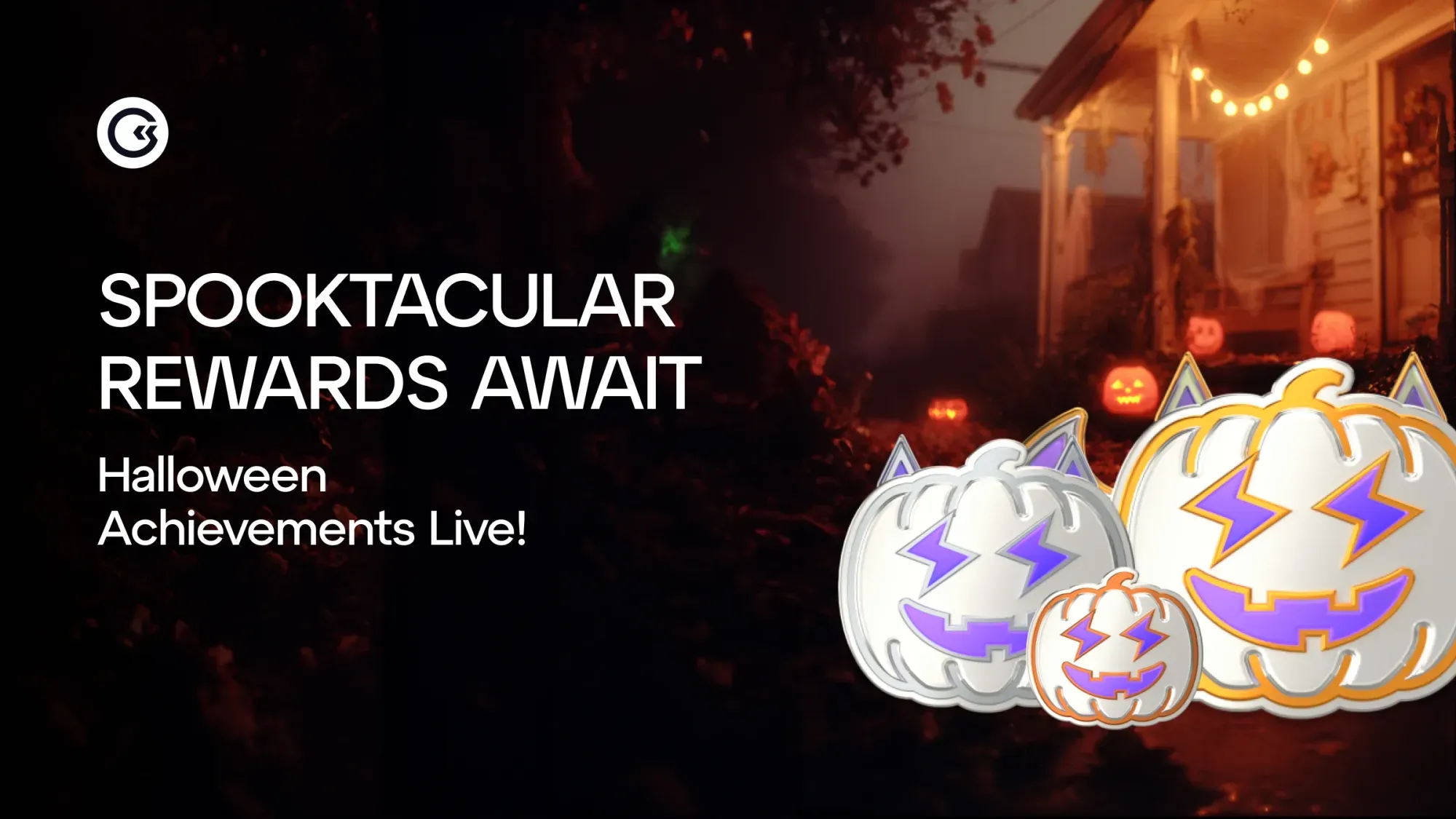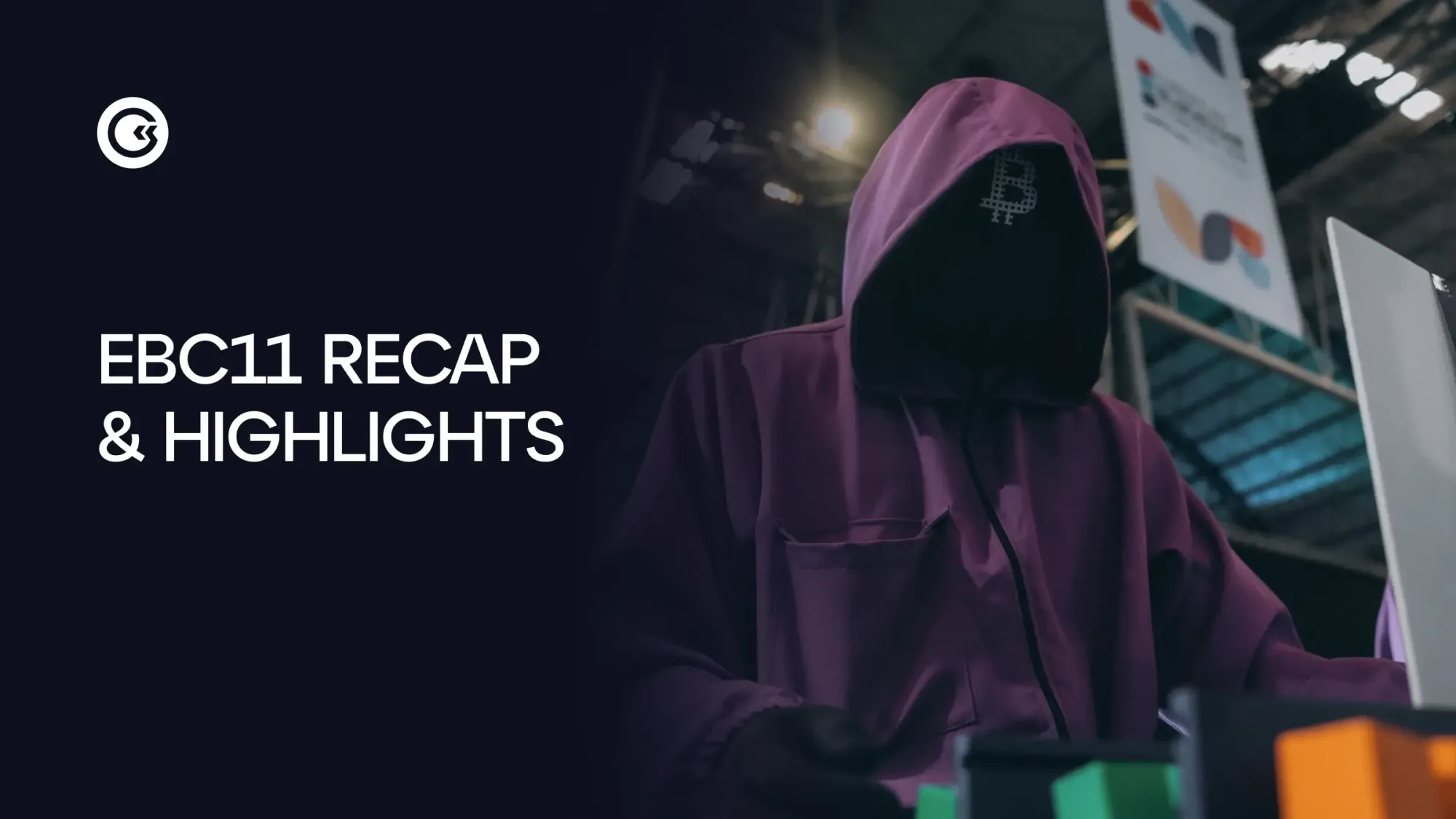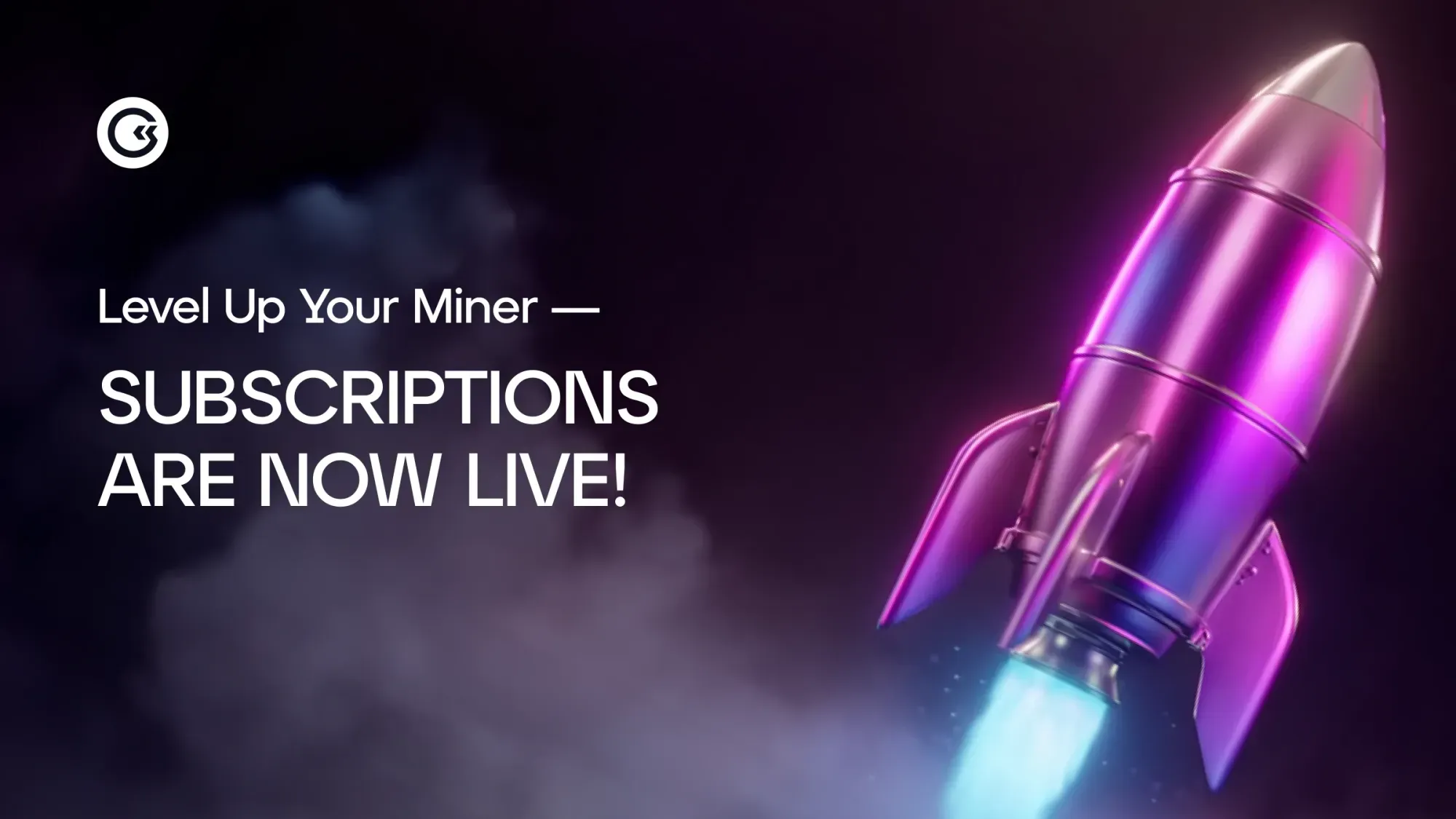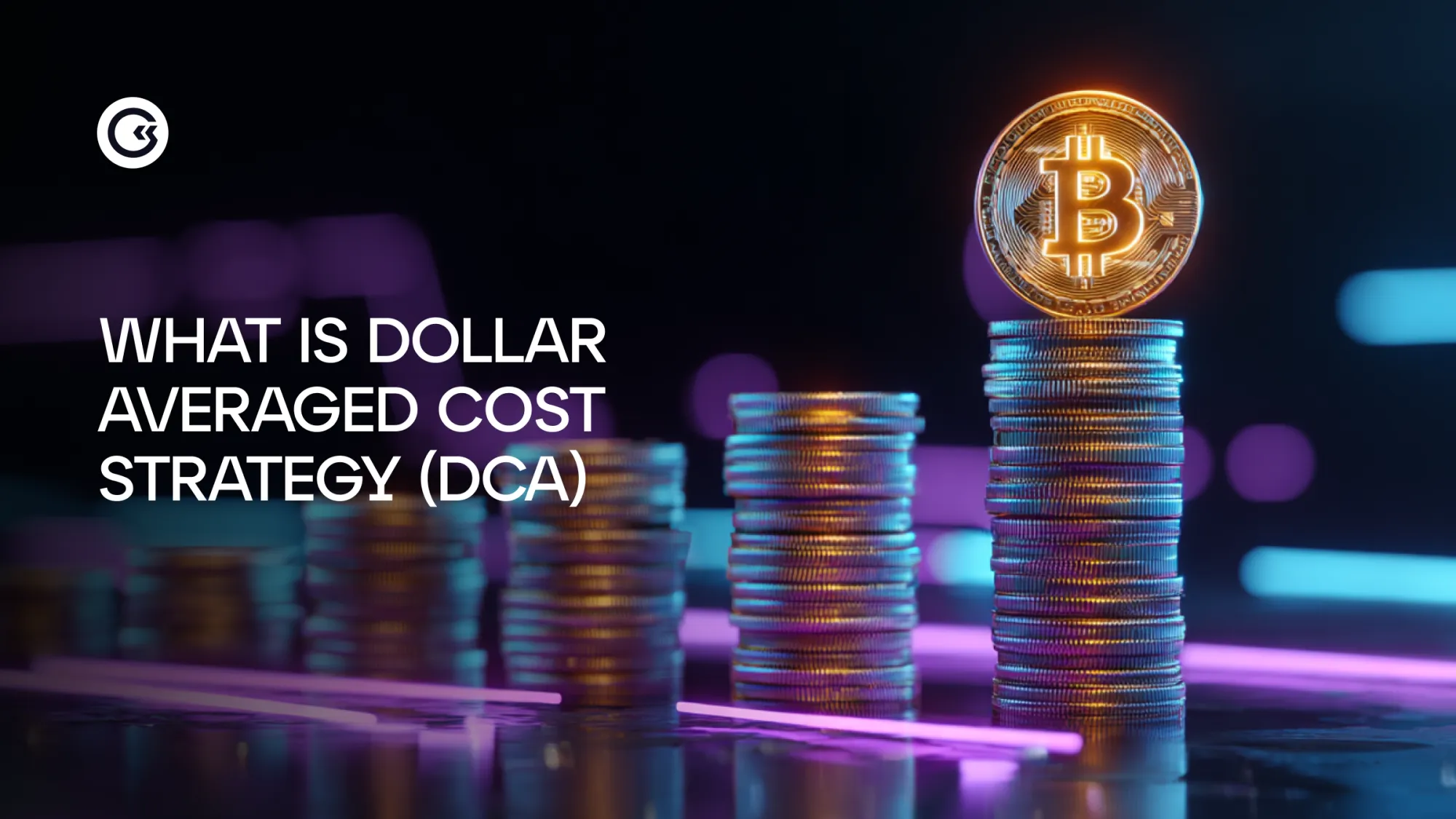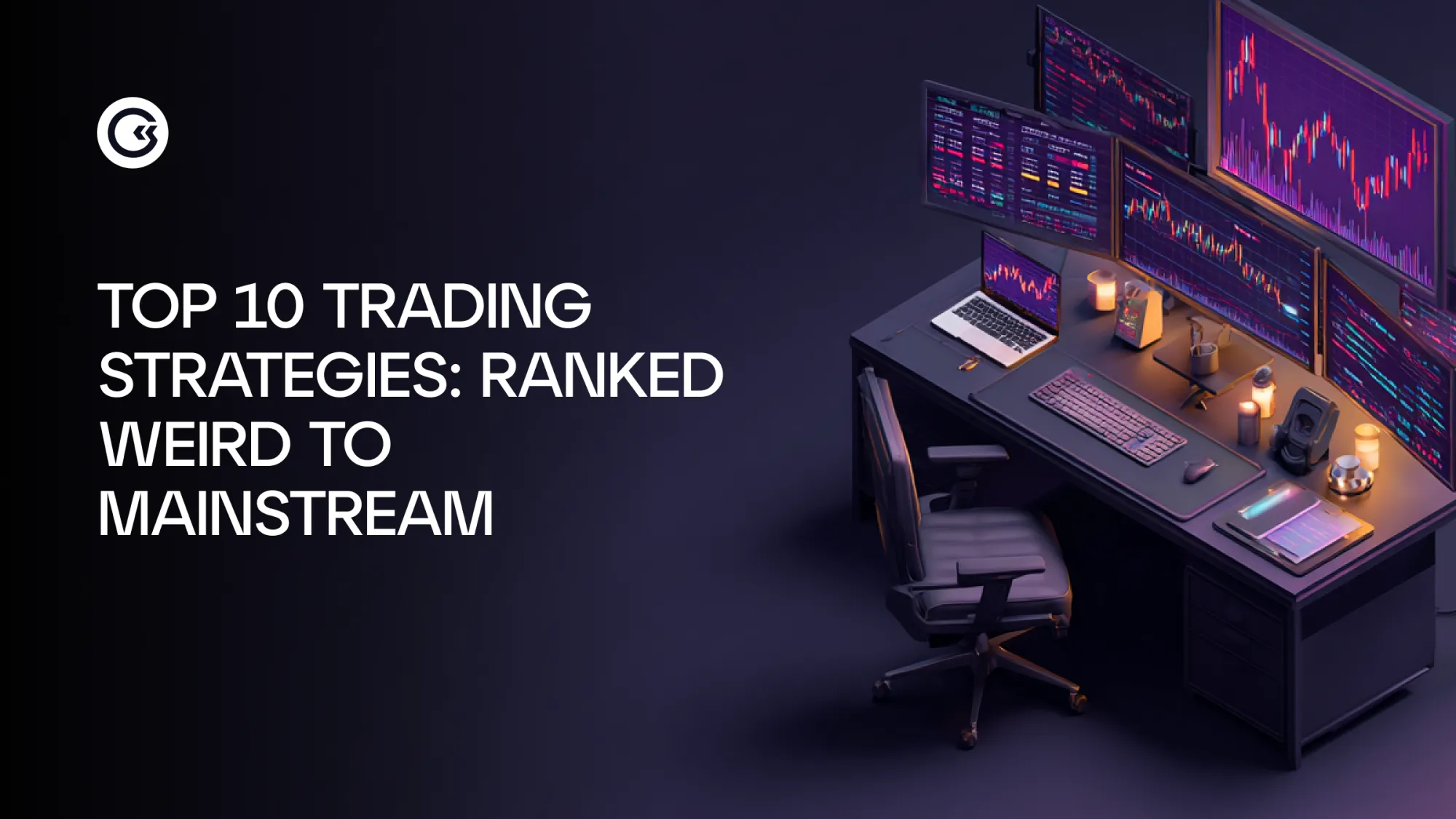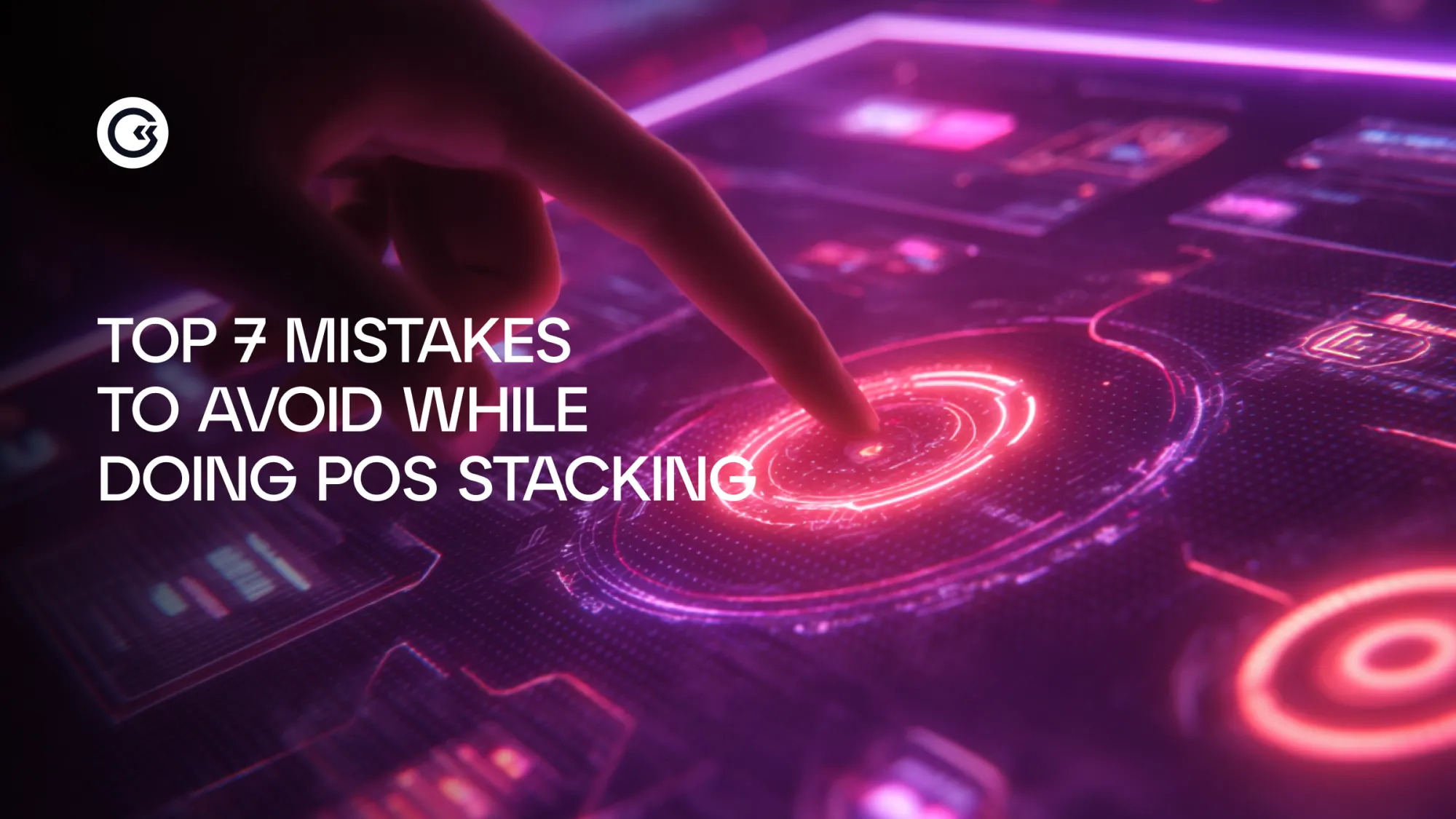Date: June 25th at 1 PM UTC
Channel: Hosted on X Spaces
Another info-packed AMA is done! This one was all about Tokenomics and recent changes. Yann Barry (Community Lead, GoMining) and Dan Otryvanoff (CPO, GoMining) took a deep dive into the Burn and Mint system, community voting, and the future of the $GOMINING token.
We’ve edited the answers for clarity. If you’d prefer to listen, then get the full recording over on X.
Key Questions
Why do we need the GOMINING token in the first place?
Dan Otryvanoff: The GOMINING token serves as a central utility and a management tool to simplify mining and make it easier to engage with the whole ecosystem. It's less of a digital asset and more of a key to unlocking the full potential of GoMining.
Can you give the top 4-5 utilities that are linked to the token?
Dan Otryvanoff: You can use GOMINING to purchase our digital miners and upgrade them, you can buy avatars and even our merchandise, in our marketplace. It’s like using a specific brand's loyalty points to buy their products. We launch limited collections of miners, which are only valuable with our token, and the whole secondary marketplace works only with GoMining tokens.
The second, I think the most crucial part, is the maintenance fee and the discounts on top of that. Users can pay for digital miners' maintenance fees with GoMining tokens and receive up to a 20% discount. For that, you need to have a certain amount of tokens on your wallet to cover a certain number of days of maintenance. The discount can go up to 20%.
The bigger your farm is in terms of power, the more tokens you have to keep in your wallet to get the same discount. Lower energy consumption and a larger sum of other discounts allow for a lower number of GOMINING required for maintenance.
You can also lock your GOMINING tokens, get extra weekly payouts from the token economic cycles, etc. The locked tokens will be counted towards the discount as well.
Apart from that, we have a lot of rewards; users can receive royalties and various rewards through our incentive programs, active participation, and long-term holding. You can take part in our weekly raffles, liquidity providing, leader boards, bounty program, referrals, and ambassador program. But the coolest part, that all these features are accessible in one place — our promo section, both on the website and mobile app.
Another big thing to mention is our gaming utility. The GOMINING token can be used to activate boosts in our Miner Wars game. It is used as in-game currency.
It's very important that almost all tokens spent on boosts, as well as extra token rewards coming from the tokenomics, are actually distributed back to the winning players.
Last but not least, is the governance. By locking go mining tokens, you get voting power, which is represented by votes or the veGOMINING. They allow you to participate in key governance decisions for the protocol and influence how rewards are distributed. In essence the GOMINING token acts as an economic engine and governance backbone of the entire GoMining ecosystem.
Could you give us more information about the burn and mint system?
Dan Otryvanoff: The whole process is a crucial element of our tokenomics that aims to manage the token supply and its value. It operates on a weekly cycle, ending every Tuesday at 12 p.m. UTC.
All GoMining tokens used by NFT owners, which pay for electricity and maintenance fees, are collected and burned weekly.
Our protocol dictates a minimum amount of tokens to be minted, which ranges from 80% to 100% of the burned tokens based on the current epoch. Not so long ago, the whole voting system was also added to that.
Currently, we are at Epoch 5, which sets the rate at 85%. This means that typically 85 out of 100 burned tokens would be reminted, resulting in permanent burn of 15 tokens if 100 tokens were spent on maintenance during the cycle.
Once we decided on the amount of tokens to mint, and after we minted, the new distribution starts.The newly minted GOMINING tokens are then distributed in a structured way, so we have 4 different destinations:— 65% of all minted tokens will go to the service providers who operate the physical data centers.
— 20% are distributed to holders who have locked their tokens. This directly rewards those participating in the governance.
— Another 10% is allocated as GOMINING rewards, with distribution determined by the voters as well. And the last 5% goes to the project team as a bonus.
This model creates a powerful flywheel effect, benefiting the entire ecosystem and its participants.
How does voting work?
Dan Otryvanoff: So, locking tokens gives you the votes to participate in governance and earn rewards. Users lock their GoMining tokens in a smart contract for a period of time ranging from 1 week to 4 years. The longer your lock, and the more tokens you lock, the more veGOMINING votes you receive. To get the sense of how many you get for locking tokens, you need one equation –
1 GOMINING token locked for a maximum period of time (4 years) = 1 veGOMINING.
Or
veGOMINING = $GOMINING locked * time left until the lock ends/max time of the lock (4 years)
The less time you have left until the lock ends, the less the amount of votes you possess.
This system helps to nullify the monopoly effects and flatten out the inequality in different locking positions.
A person who locked 1000 GMT and has only one week until the end of the lock period has the same voting power as someone who just locked 5 tokens for a year.
The following Tuesday, they will get the same weekly staking rewards, and they will have the same influence on the voting results.
Another important term is Voting Power. It's the share of your veGOMINING out of all votes in the system at a certain point in time. If you have 10 veGOMINING and there are 100 in total (owned by all veTokenomics participants), that means that your voting power is 10%.
So if everyone voted for the distribution, the weight of your votes would be exactly 10%, and you would get exactly 10% of the weekly go mining rewards coming from the burning process.
You can check all the info on how many tokens are locked, how much veGOMINING is there in the system, what is the average locking period, and what the current ROI straight in the governance section on our website and mobile app.
We considerably increased the interest to we go mining after adding a simple one-click mechanic to lock your tokens, directly from your custodial wallet.
Right now, we have more than like 8,300 open positions with a 5% weekly increase.
If you want to get like maximum of your voting power from your locked go mining tokens, you can regularly upgrade your lock to the maximum time, 4 years from the current moment.
What are the users voting on?
Dan Otryvanoff: The distribution and any potential permanent supply reduction are determined solely by weekly community votes of GMINING holders.
We've introduced a recurring weekly vote where users can influence the burning process.
The question posed is, “Would you like to permanently burn tokens this week?”
We have yes and no answers, but that doesn't mean that if someone says yes, then the exact thing happens. We check the distribution of all the votes, and that's how we decide what to do.
Let's look at 4 different cases that can happen with the outcome.
No votes cast.
If there are no votes, the system defaults to the standard protocol, which is that 85% of all the tokens are minted out of 100 that were burned, resulting in 15% being permanently burned.
All vote yes.
The system follows the standard protocol: the same thing happens, 85% of tokens that were burned are reminted, and we have 15% of permanently burned tokens.
All vote no.
This alters the outcome. In this scenario, 100% of all the tokens that were burned are minted back into the system, resulting in zero token shortage or nothing being permanently burned.
Your collective no effectively stops the permanent burn for that week.
Mixed vote
The most regular scenario that happens every week is the mixed vote, where we have a certain percentage of people who vote for yes and a certain percentage who vote for no.
Let's say ⅔ voted for burning the tokens permanently, and ⅓ voted no.
When we have this split, the amount permanently burned is adjusted proportionally.
We take the percentage of yes votes and apply it to the standard 15% of permanently burned tokens.
For example, ⅔ of people voted yes, then we burn ⅔ of that 15%, which calculates to 10% being permanently burned instead of 150%.
After we check the votes, we launch the minting process.
The crucial part is that the amount of newly minted tokens cannot exceed the amount of burned tokens, which still remains the same, so we cannot get more tokens in the system. We can only get less, but the decision is now made by the community.
Another thing voting determines is the allocation and distribution of the GOMINING rewards.
GOMINING holders have the power to decide how the rewards, 10% of the minted tokens, are allocated among various ecosystem participants.
- This includes influencing the distribution of 5 different destinations right now: An additional prize pool for Miner Wars
- Extra Solo Mining discount for digital miners (the value of the discount is updated weekly and automatically)
- Increasing the power of the Greedy Machines collection.
- Liquidity provider bonus , like weekly go mining rewards for liquidity providers.
- Bounty cycle rewards.
What strategies do we have in place in order to support the long-term growth of GOMINING?
Dan Otryvanoff: The tokenomics model and its mechanism are designed with the goal of positively influencing the tokens' value. That's the deflationary design, which is intended to positively affect the final cost of GOMINING.
As of now, we have permanently burned 6.7% of the whole token supply, with 100 million tokens to be left in the system. The system is built to consistently run for several decades.
For example, Bitcoin economics could run for another 100 years. In GoMining, we aim to build a protocol that can last for a long period of time. Now, with the ability to vote on the amount of tokens to be burned, the process is almost everlasting.
What’s next for GOMINING?
This summer, we plan to launch GoMining cards. First in Europe and then, covering other regions, we will be able to basically pay for a coffee at the local shop with GOMINING tokens, and get the hash rate as cashback for purchases.
I hope it will not only increase the utility of the token but attract more people into the project.Another big update is the travel agency platform, followed by a marketplace of goods where you can also use GOMINING tokens to buy tickets, book hotels, and rent cars.
The whole idea is to expose the GOMINING token to as many utilities as possible and use it as different, let's say, points of interest. It’s also worth mentioning that soon we will be able to have several locks connected to one account, meaning that you will be able to have a long-term lock and several short-term locks at the same time from one account.
How can I reduce maintenance fees?
Let’s get into how you can actually optimize your maintenance fees with GoMining.
First off, I’m not giving financial advice or telling you how to get rich. But there are some features and tools we’ve built that can really help you get the most out of the platform.
If you’ve got a digital miner, you probably know that maintenance fees are based on your hashrate and energy efficiency. For example, if your miner runs at 20 W/TH, you’re looking at roughly 2.5 to 3 cents per day per TH, which is like 600–700 GOMINING tokens depending on your discount.
Now, you can actually reduce or even fully cover those maintenance fees by locking your GOMINING tokens in our VeGoMining smart contract.
When you do that, a few things happen:
- You get up to 20% discount on maintenance
- You start earning weekly rewards from the pool of newly minted tokens
- You raise your VIP level, which unlocks even more discounts
And weekly rewards can go straight to your internal wallet, and you can use them to automatically pay for maintenance. So essentially, you’re creating a self-sustaining loop—your locked tokens generate rewards, and those rewards cover your operational costs. Simple, effective, and hands-off once it’s set up.
If locking up tokens isn’t your thing, you’ve got options. You can join our referral or bounty programs or provide liquidity on decentralized exchanges. These take a bit more activity and involvement, but they can help you earn tokens to offset costs.
Missed It Live?
Don’t worry—you can catch the full recording over on X.
Thank you to the 66k+ people who tuned in for the AMA! Stay tuned for the next one.
Let’s keep building together ⛏️👾
July 3, 2025




